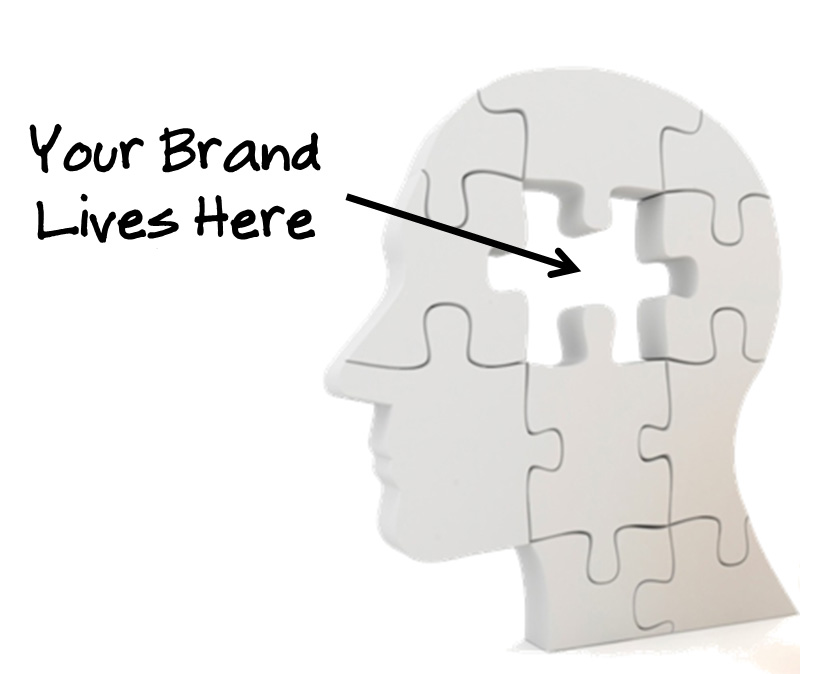
Sakrete is one of the handiest products ever developed. It’s basically a bag of rocks and sand, but to a weekend warrior with a honey-do list, it can be a magic dust.
Packaged in small bags almost anyone can carry, Sakrete is an aggregation of Portland cement, sand and different size gravel. Just stir in water, apply it to your small construction project, wait a little while and, badabing badaboom, you’ve got real concrete supporting your project.
So, what does a small business have to do with a sack of rocks? Two things.
1. Chemistry.
When the components of Sakrete come in contact with water, a productive reaction occurs that, in a short time, manifests as a handy and enduring result. In the marketplace, productive chemistry between people and organizations is has long been known to be critical for sustaining successful performance. Whether Sakrete or your small business, the right chemistry is critical.
2. Aggregation.
Sakrete doesn’t just aggregate the correct combination of stuff, but also different sizes of masonry material. The larger pieces provide critical mass and structure, while the smaller ones bind everything together and nimbly fill in the gaps to eliminate weak spots. But unlike chemistry, aggregation is not as much of a natural law and requires more maintenance. Which is why there are no Blasingame Laws of Chemistry, but three Blasingame Laws of Aggregation.
Blasingame’s 1st Law of Aggregation
Find your success in aggregating the success of employees.
Simply put, this is servant leadership, a term Robert Greenleaf coined in his book titled, you guessed it: Servant Leadership. But the concept goes back thousands of years to the ancient Chinese wisdom of I Ching, “The highest type of ruler is one of whose existence the people are barely aware.” And in his gospel, Mark quotes Jesus, “Whoever wants to be great among you must be your servant.”
Leaders who sustain success, year after year, are those who subordinate their ego by helping their people to be successful professionals, and then aggregate those success stories for the benefit of the company. They celebrate others first.
Blasingame’s 2nd Law of Aggregation
Aggregation prevents aggravation.
In business, aggregation is also known as strategic alliances, which small businesses must build with other organizations, especially larger ones.
It’s aggravating at least, and dangerous at worst, to manage threats and take advantage of opportunities without strategic resources. Compare the merits of forming a strategic alliance with an organization that already has what you need before you risk the expense and possible delay of capitalizing the ownership of that resource. And if you prefer, you can call it strategic aggregation.
Blasingame’s 3rd Law of Aggregation
Associate your brands with those that are more established.
I also call this the “Forrest Gump Strategy.” As you develop strategic alliances, look for partners with brands and influence that have a higher recognition factor than yours, and arrange for the relationship to include your brand being presented in the marketplace alongside theirs. Brand association is smart aggregation, but you have to step up your game to earn the right to that level of aggregation.
Write this on a rock … If you’re not having the level of success you want, perhaps you should take some lessons from Sakrete.
 Cogito ergo sum. French philosopher Rene Descartes proposed this idea in 1637, which translates to “I think, therefore I am.” Certainly, the power of abstract thought is what separates humans from other animals.
Cogito ergo sum. French philosopher Rene Descartes proposed this idea in 1637, which translates to “I think, therefore I am.” Certainly, the power of abstract thought is what separates humans from other animals. Cogito ergo sum. French philosopher Rene Descartes proposed this idea in 1637, which translates to “I think, therefore I am.” Certainly, the power of abstract thought is what separates humans from other animals.
Cogito ergo sum. French philosopher Rene Descartes proposed this idea in 1637, which translates to “I think, therefore I am.” Certainly, the power of abstract thought is what separates humans from other animals.







